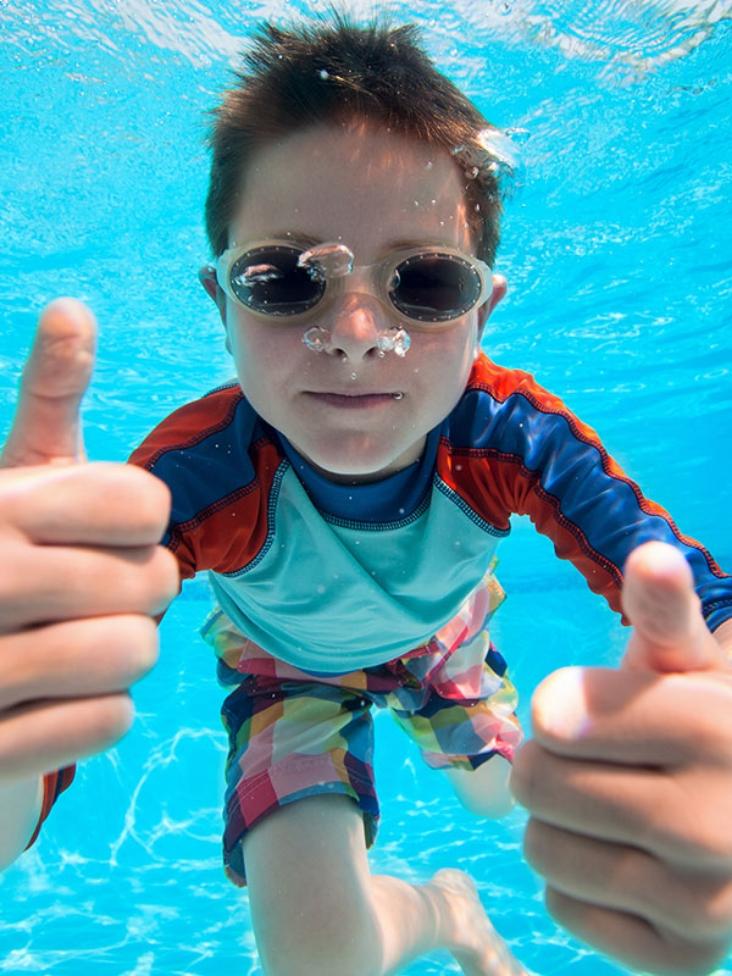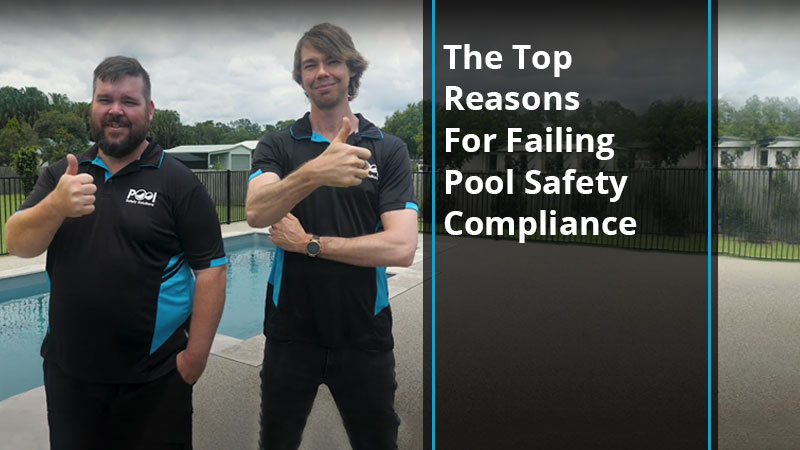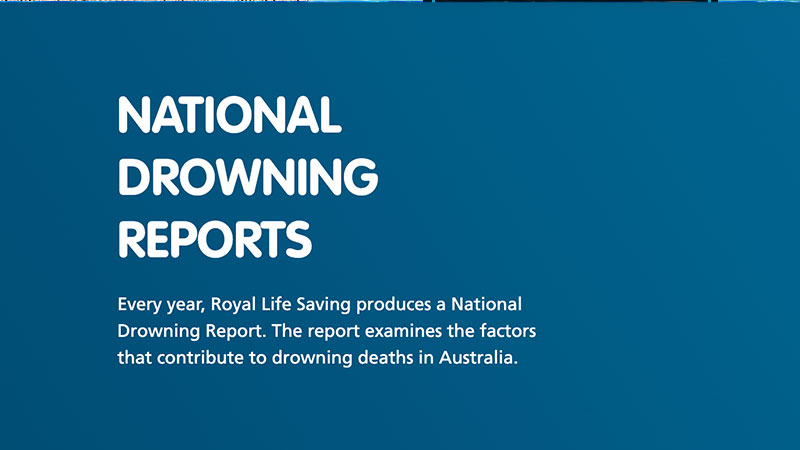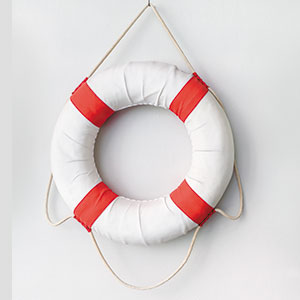Many swimming pool and spa owners fail their pool safety inspection – which can be costly, both in terms of penalties and, more importantly, when children can access the pool area.
Welcome to The Top Reasons For Failing Pool Safety Compliance.
Easy Click Through Table Of Contents
Swimming pools are the gateway to a vacation lifestyle. And Australia certainly loves their pools – with more than
374,000 pools in NSW
250,000 pools in QLD and,
200,700 in VIC.
They’re also an Australian status symbol, significantly contributing towards boosting the value of our property and lifestyle. However, this impressive asset and vacation lifestyle also comes with the high risk of children aged 0-4 drowning.
The top reasons for failing a pool safety compliance inspection are
Faulty fences
Lack of fences
Faulty gates
Pool gate left open
Just as a car needs a safety certificate as proof they’re safe to drive in, swimming pools and spas need proof they’re safe to dive in – with a safety compliance certificate to prove pool and spa fences and barriers meet the state safety requirements.
Pool fence inspections reduce this risk and save lives.
However, pool compliance safety is difficult where the laws are not easy to understand.
What To Look For
Faulty Gate Latches and Hinges
The primary reason for failing a pool compliance inspection is a faulty gate latch and faulty hinges. The pool gate should self-close and self-latch from any position, and the latch should be at least 1500mm high above the ground to prevent children from accessing the pool area.
Climbable Objects Near the Pool Fence
Climbable objects near the pool fence also allows children access to the pool area. Objects such as trees, plant pots, BBQs, toys, and clotheslines should be at least 900mm away from the pool fence, to prevent children from climbing over it.
Pool Fence or Boundary Fence Not Meeting Minimum Height
The pool fence should be at least 1200mm high, and the boundary fence should be at least 1800mm high to comply with safety standards.
Gaps in the Pool Barrier
Gaps in the pool barrier should be no larger than 100mm between any of the vertical elements or distance below the bottom or horizontal elements of the fence line. Gaps in the pool barrier can make it easy for children to access the pool area.
Gaps in the Pool Barrier
Gaps in the pool barrier should be no larger than 100mm between any of the vertical elements or distance below the bottom or horizontal elements of the fence line. Gaps in the pool barrier can make it easy for children to access the pool area.
Missing, Incorrectly Located, or Out of Date CPR Sign
The Cardiopulmonary Resuscitation (CPR) sign is crucial to pool compliance. The sign should be clear and visible, indicating the pool rules, safety guidelines, and emergency contact information. It should also be located in an easily visible and accessible location.
Poor Pool Maintenance
A clean pool is a safe pool. Regular pool maintenance keeps a pool healthy, preventing build-up of debris and algae which can be hazardous to our health.
Prefer to watch? Enjoy our video
Happy Pool Safety
Disclaimer: PoolSS Checklists are a guide only, and does not constitute acknowledgment or approval of compliance or safety. If you check “No” to any of our questions, we recommend you Book An Inspection with a pool safety inspector to carry out an inspection confirming your pool is safe.
Got Questions? We've Got Answers.

? Put The 'Fun' into Fundamentals
Learn Up
? Pool Fences & Barriers
⛔ NCZ Non-Climbable Zone
? Pool Gate Latch
? Pool Signage






